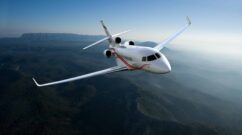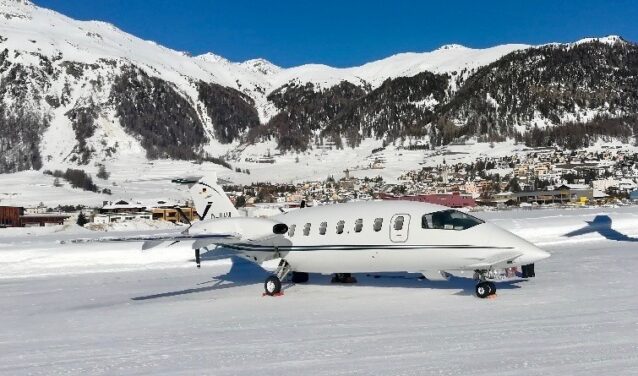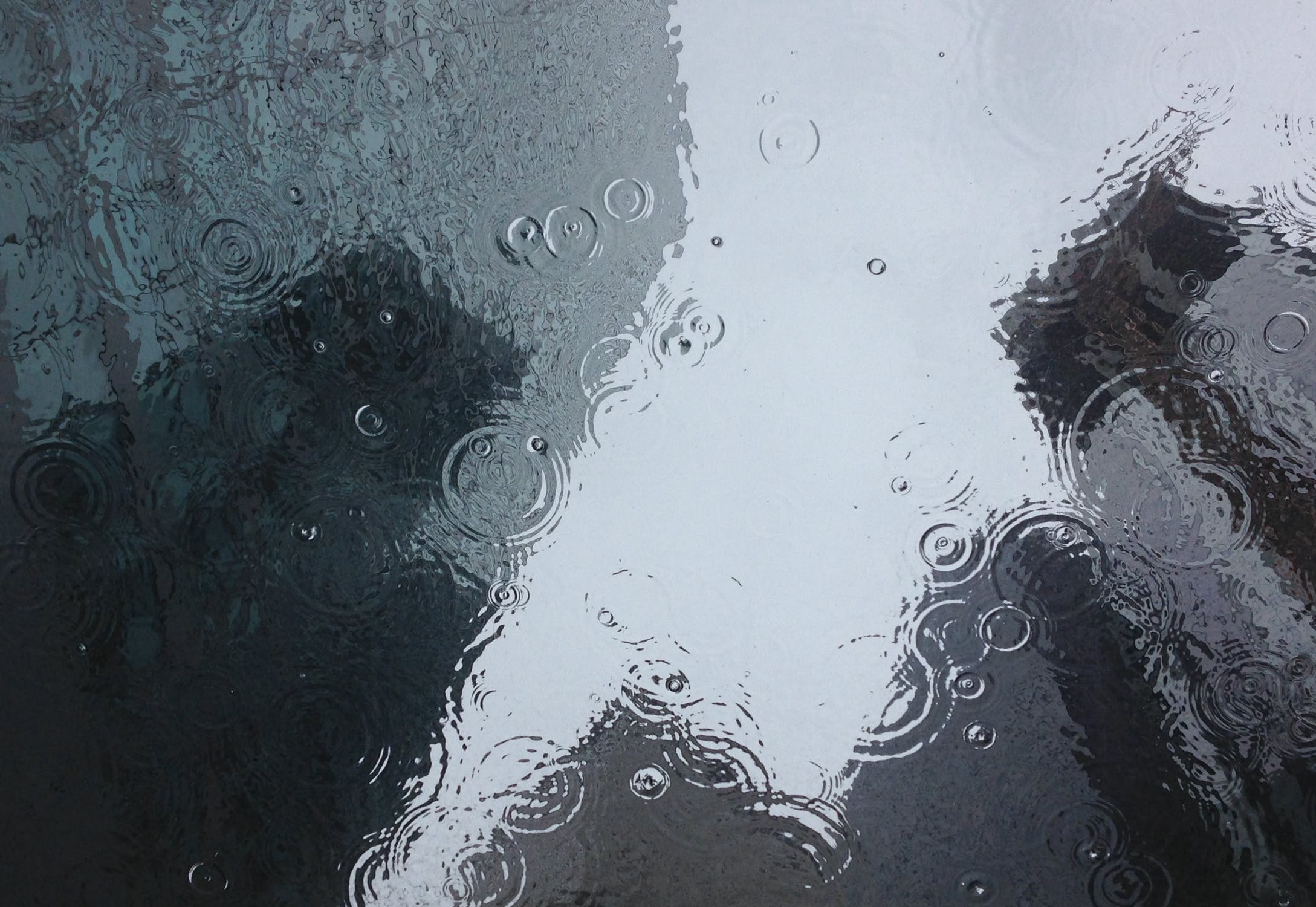The weather is one of the most important factors to consider when flying in a private jet. In the majority of transports, these depend very little on weather conditions. Private jets, on the other hand, have to take the weather into consideration during a flight.
The weather can have an impact on the flight time and its progress. It can also affect the landing and take-off location of the private jet. All the air operators we work with analyse the weather. It is an important criterion when creating the flight plan. A private jet can also modify its trajectory according to the weather.
With the help of our aviation experts, we will explain how the weather can affect a private jet flight.
The distinction between IFR and VFR flights
To fully understand the impact of the weather on a private jet flight, a distinction must first be made between IFR and VFR flights.
IFR (Instrumental Flight Rules) flights are flights capable of flying only with instruments. Therefore, despite a loss of visibility, these flights are able to land and take off at night. For a VFR flight to take place, the airport of arrival must be cleared to receive them. The airport must therefore have the necessary equipment. This required equipment reduces the number of airports accessible under IFR.

VFR (Visual flight Rules) flights are flights that can fly by sight. This flight system can therefore only be carried out with the pilot’s eyesight. Visual flights access more airports than VFR flights.
In short, flight visibility can therefore be affected more easily on VFR flights than on IFR flights.
The different weather conditions
Rain and storm
Private jets are aircraft designed to fly in rainy weather. The latter can still impact the conditions of a flight. In the same way as in a car, rain can disrupt visibility for pilots. Private jets still have systems to clear the windshield. Business jets have windshield wipers or high pressure systems that remove water with pressurised air.
Like Gulfstream, aircraft manufacturers build their aircraft using water-repellent materials. This technology increases visibility in rainy weather.
In the event of unexpectedly heavy rainfall, IFR flights may have to change their destination. In this way, they can avoid extreme precipitation and land in better conditions.
In the event of a thunderstorm or hail, it is preferable to change the route in order to bypass the disturbance.
What impact does the wind have on a flight?
Wind is undoubtedly the most frequent meteorological element that impacts a private jet flight for various reasons.
- Wind can impact the speed of the aircraft. When facing the wind, the speed of a private jet can be reduced. On the other hand, wind can also push a business jet, which increases its speed and limits its fuel consumption.
- Wind is also responsible for turbulence. Turbulence is harmless but can worry passengers and affect comfort on board.
- Aeroplanes are aircraft that need to be positioned facing the wind during landing and take-off phases. Strong winds on the sides can handicap manoeuvres. This is why airports have runways facing in different directions.
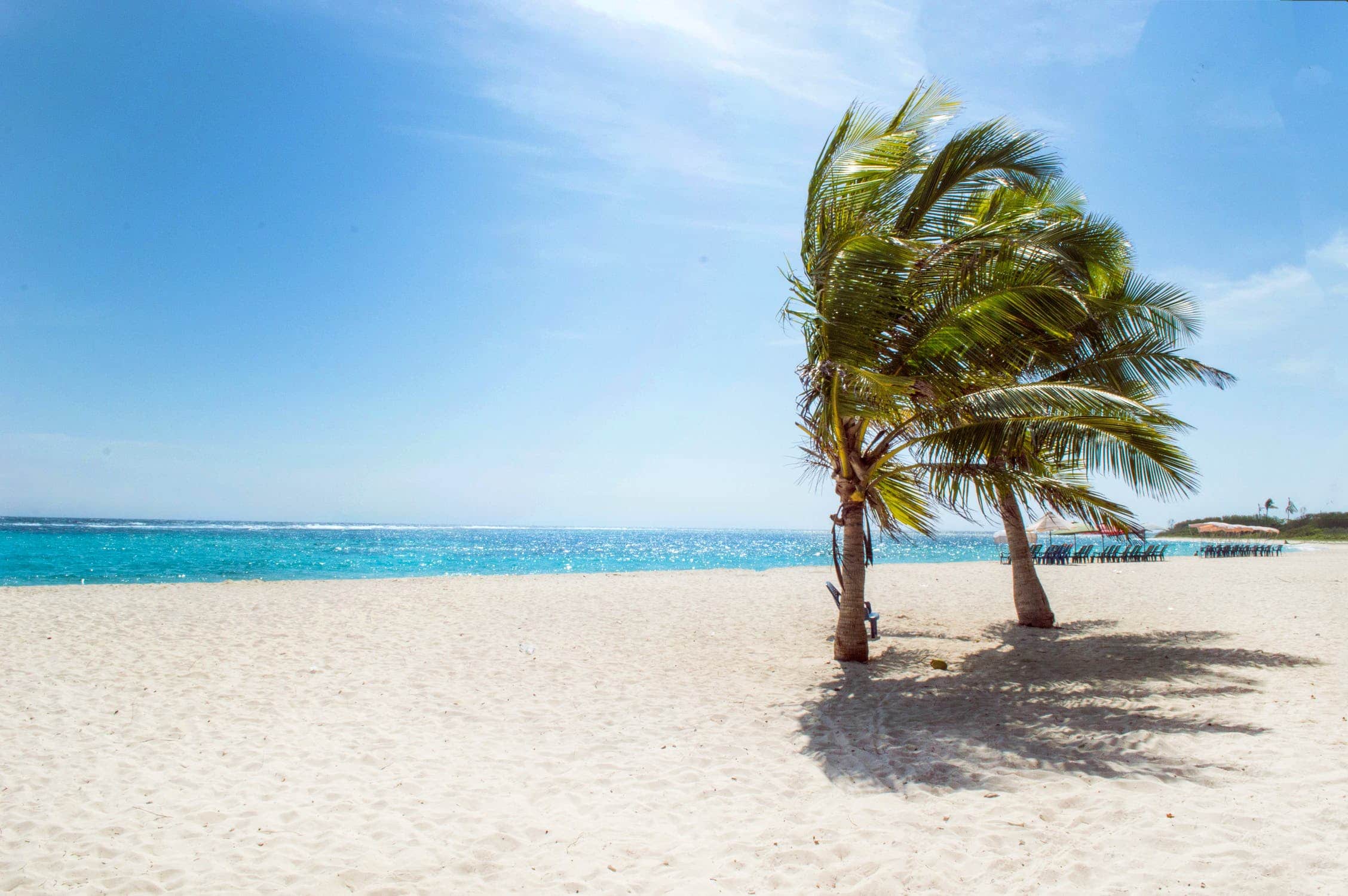
Negative temperatures and snow
Negative temperatures are responsible for frost. Frost can damage aircraft instruments, especially the probes located on the fuselage of the aircraft. De-icing procedures are carried out at the last minute before take-off. These services are therefore not included in the price of your flight. De-icing may represent a cost to the passenger before take-off. If your flight is likely to require de-icing, our air experts will inform you.
Snow does not affect the aircraft but the runways. Heavy snowfalls can delay your flight. Airports dedicated to business aviation have shorter runways. By definition, they are therefore quicker to clear snow. Delays are then less important than for flights on board airliners.
These disruptions due to the cold are mainly present at altiports such as Courchevel or Gstaad.
Fog
Fog is one of the elements most affecting visibility during a flight. The vast majority of private jets are able to land despite the fog. On the other hand, air traffic controllers are obliged to restrict the number of aircraft on the runways when fog is present. This restriction is in place to avoid accidents on the runways for take-offs and landings.
The reduced number of aircraft on the runways may be responsible for delays.
Le Bourget and Deauville airports, for example, can be victims of fog.
Heat
High heat, up to 60°c, has no impact on the unit. On the other hand, they can affect the performance of the appliance. As the hot air is less dense, the aerodynamics of the aircraft is affected. Motor performance may be reduced due to high temperatures.
Under certain conditions, heat can affect the take-off of the aircraft. Notably in Saint-Tropez la Môle.
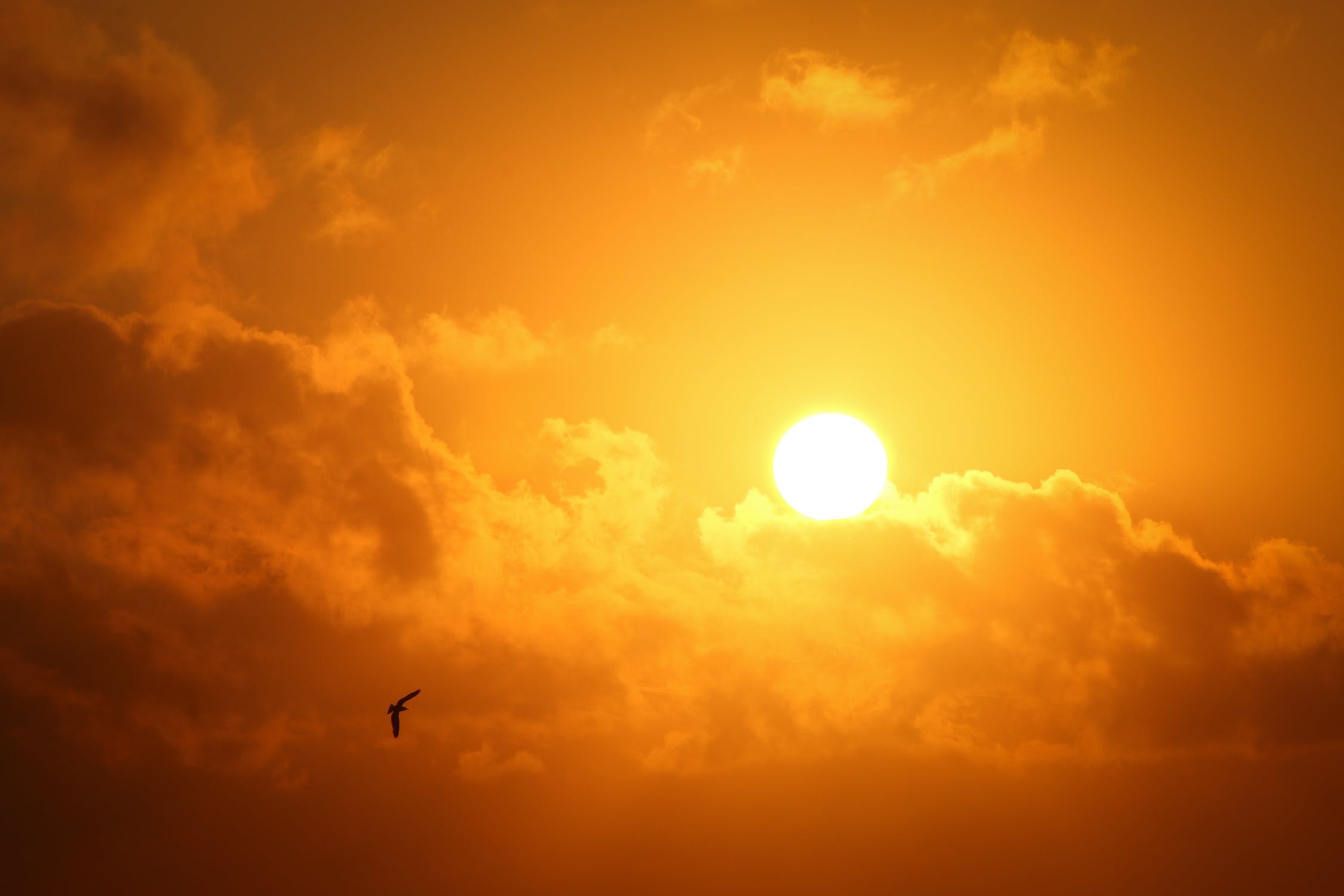
Our air experts are at your service 24 hours a day, 7 days a week for your private flight on +33 (0) 1 44 09 91 82. Do not hesitate to go to our online quote to obtain a price estimate for your private flight.

